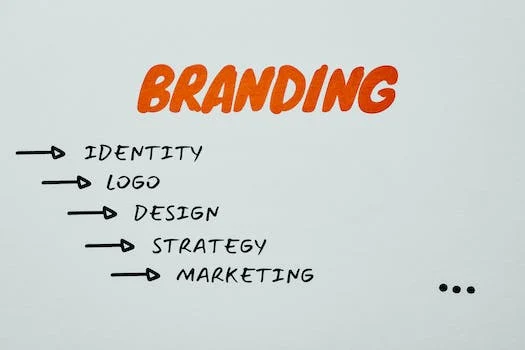Introduction: The Importance of Design in Brand Communication
The design plays a crucial role in brand communication, often serving as the first point of interaction between your brand and potential customers. It’s not just about aesthetics; design is a powerful tool that can convey your brand’s message, values, and personality. It can help to differentiate your brand from competitors, foster customer loyalty, and influence purchasing decisions. In this blog, we will explore how to use design effectively to communicate your brand’s message, ensuring your business stands out in today’s crowded marketplace.
Understanding Your Brand: Defining Your Message and Values
Understanding your brand is the first step to effectively communicate your brand’s message through design. It’s about recognizing what your brand stands for – your values, purpose, and the unique elements that set you apart from competitors. Your brand message conveys these aspects to your audience, shaping their perception and experience. It’s essential to define your brand message and values clearly and consistently. This will serve as a foundation for all your design decisions, ensuring that every visual element – from colors and logos to typography and imagery – resonates with your brand and effectively communicates your message.
The Role of Colors in Branding: Choosing the Right Palette
Colors play a significant role in branding. They have the power to evoke emotions and perceptions about your brand, affecting how your audience interacts with it. When choosing your brand’s color palette, it’s crucial to consider the message you want to convey. For instance, blue often symbolizes trust and reliability, making it a popular choice for tech and finance companies. On the other hand, red can create a sense of urgency or passion, making it suitable for brands aiming to evoke excitement or immediacy. Therefore, selecting the right colors can help effectively communicate your brand’s message and connect with your target audience.
Typography and Branding: How Fonts Communicate Your Message
Typography is a powerful tool in branding, playing a crucial role in conveying your brand’s message. The font you choose can express your brand’s personality and values, creating an emotional connection with your audience. For instance, a modern, sleek font may communicate innovation and forward-thinking, while a classic, serif font may suggest a more traditional, reliable brand. Therefore, it’s important to choose your typography carefully. It should align with your brand’s identity and effectively communicate your message to your target audience. Remember, your typography is not just a design element; it’s a reflection of your brand.

The Power of Logo Design: Creating a Visual Representation of Your Brand
Logo design holds immense power in branding. It’s the visual representation of your business that often serves as the first point of contact with your audience. A well-designed logo can effectively communicate your brand’s unique identity, values, and message. It can help you stand out in the market, build brand recognition, and foster customer loyalty. Therefore, investing in quality logo design is crucial. Remember, your logo should be simple yet memorable, versatile for all platforms, and reflective of your brand’s personality. It’s not just about aesthetics; it’s about encapsulating the essence of your brand in a single, powerful graphic.
Using Imagery and Graphics to Amplify Your Brand’s Message
Using imagery and graphics effectively can significantly amplify your brand’s message. They can make your message more engaging, memorable, and understandable. By choosing images and graphics that align with your brand’s personality and message, you create a visual representation of your brand that can instantly communicate what your brand is all about. For instance, a playful brand might use bright, colorful images, while a luxury brand might opt for sleek, minimalist graphics. Remember, consistency is key. Ensure all your visuals reflect the same style and tone to create a strong, cohesive brand image.
Brand Consistency: Ensuring Uniformity Across All Platforms
Brand consistency is crucial in communicating your brand’s message effectively across all platforms. It’s about presenting your brand uniformly, whether it’s on your website, social media, print materials, or even in your customer service. This involves maintaining the same tone, language, colors, fonts, and logo everywhere your brand is represented. By doing so, you create a cohesive and recognizable identity, making it easier for customers to remember and trust your brand. It’s like telling a story – the clearer and more consistent the narrative, the more engaging it will be. So, make sure your design elements align with your brand’s identity, and you’re consistent in their use across all platforms.

Packaging Design: Making a Strong First Impression
Packaging design is your brand’s first point of contact with consumers; it’s your silent salesperson. A well-designed package doesn’t just protect your product; it also communicates your brand’s story, values, and promise. It’s the visual representation of your brand’s personality. Therefore, it’s crucial to make a strong, unforgettable first impression. By using compelling graphic elements, unique shapes, and engaging textures, you can instantly attract and enthrall customers. Remember, your packaging design should be a harmonious blend of aesthetics and functionality that resonates with your target audience, ultimately driving them to choose your product over others.
The Role of Web Design in Brand Communication
Web design plays a crucial role in brand communication as it serves as the visual voice of your company. It’s not just about creating a visually appealing website, but about crafting a site that resonates with your audience and accurately conveys your brand message. Effective web design incorporates your brand’s colors, fonts, and logos consistently across all pages. This consistency strengthens your brand identity, making it more recognizable to your audience. Moreover, a well-designed, user-friendly website can enhance user experience, fostering trust and loyalty among your customers. Therefore, investing in top-notch web design is a strategic move to effectively communicate your brand’s message and values to your audience.
Conclusion: Evaluating the Success of Your Brand Design Strategy
In conclusion, evaluating the success of your brand design strategy is a critical step in ensuring that your brand’s message is effectively communicated. This can be done by gathering feedback from your target audience and analyzing key metrics such as engagement rates, conversion rates, and customer satisfaction scores. If your design strategy is successful, it should not only attract your target audience but also resonate with them on a deeper level. Remember, a great design strategy is one that successfully encapsulates your brand’s identity and values, and communicates your message in a clear and compelling way. So, keep refining and adjusting your strategy until you achieve your desired results.


